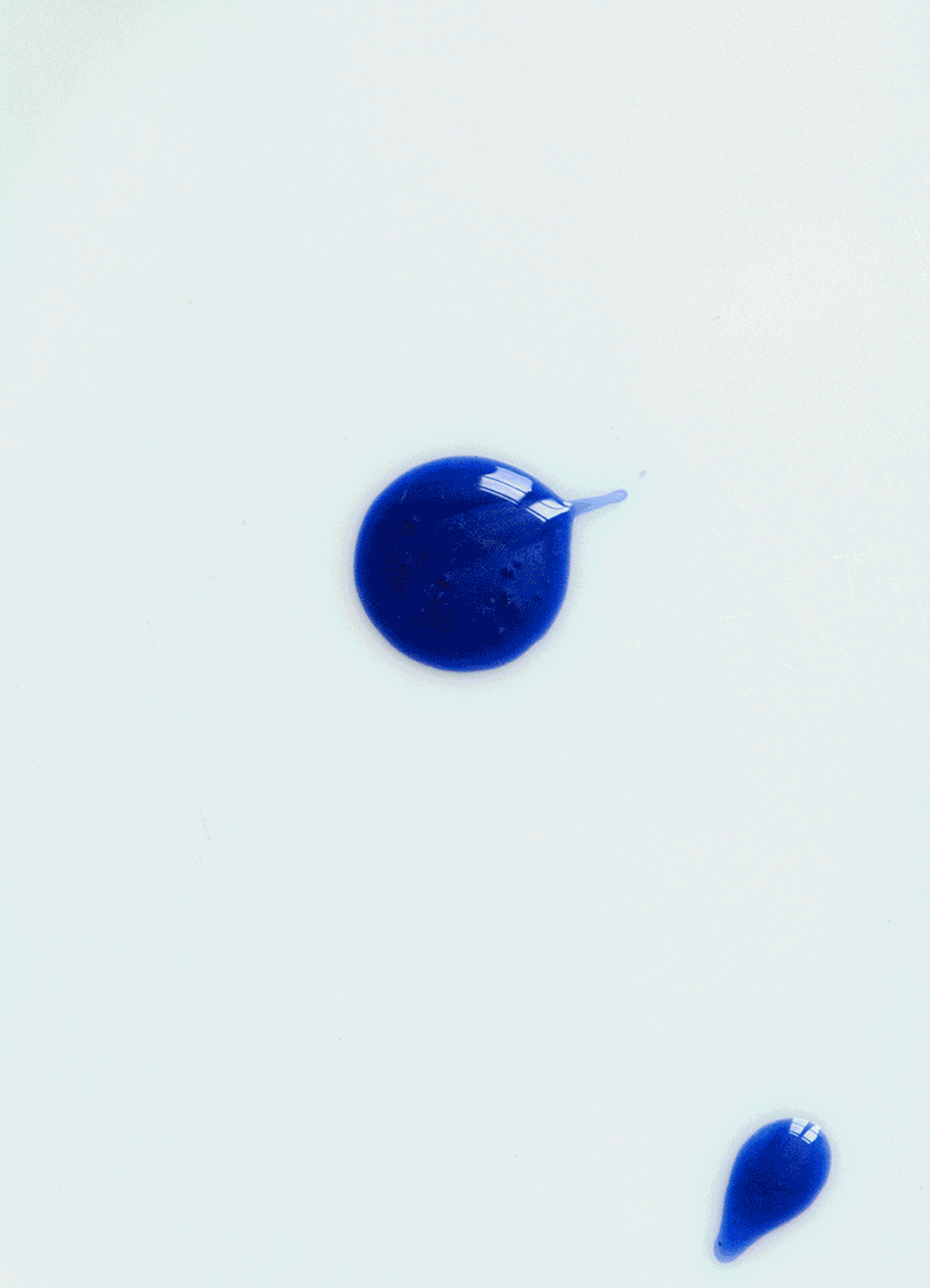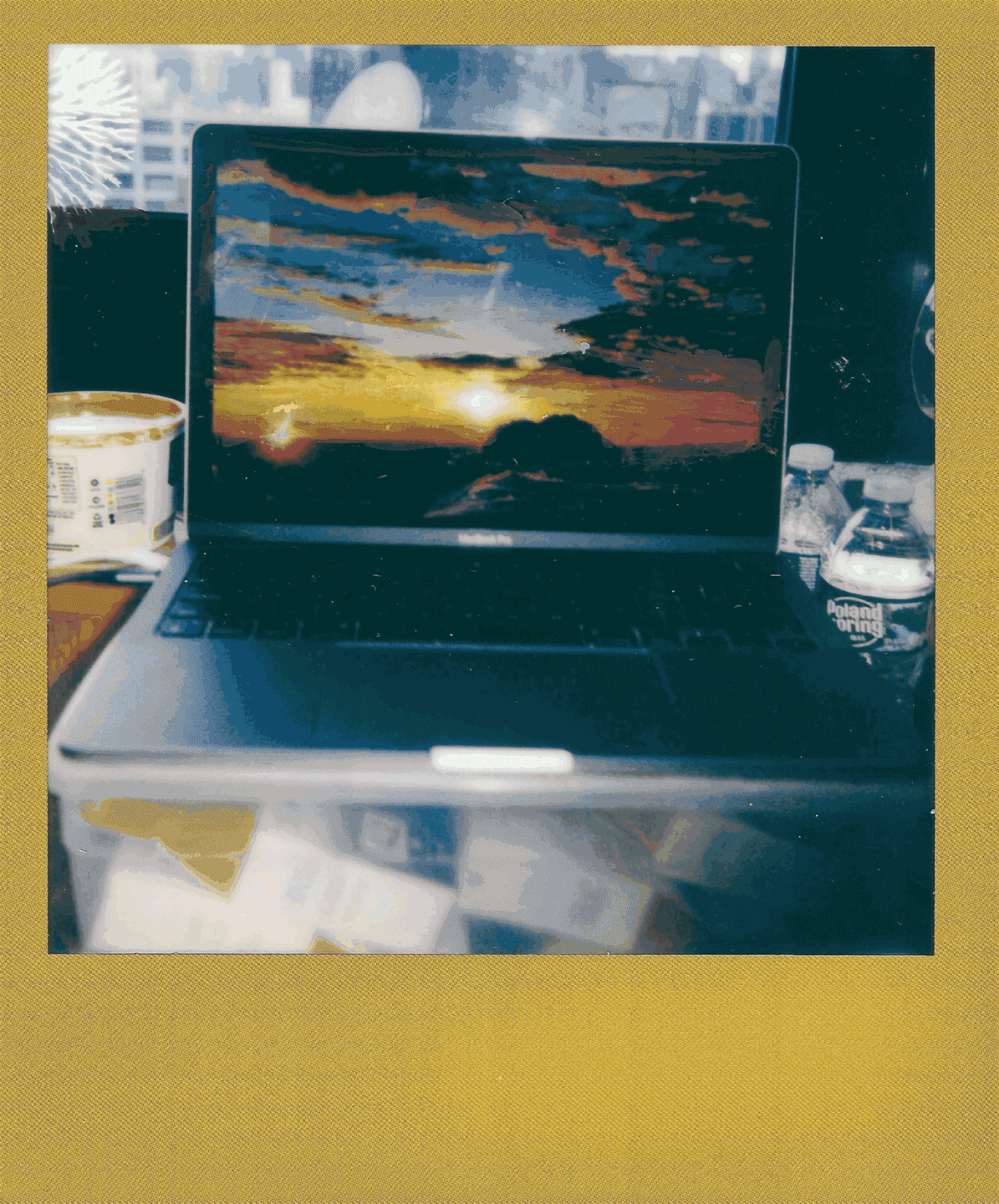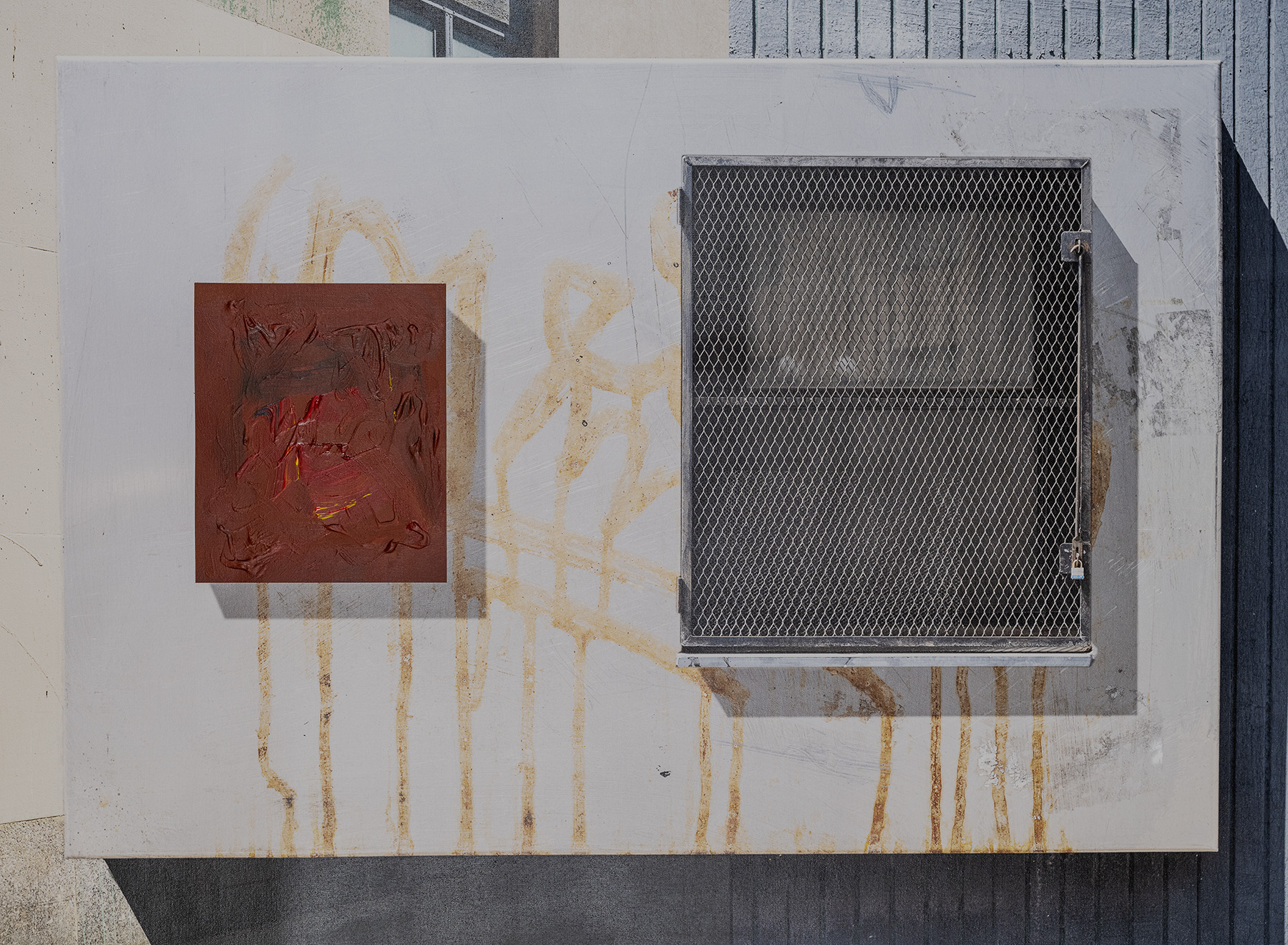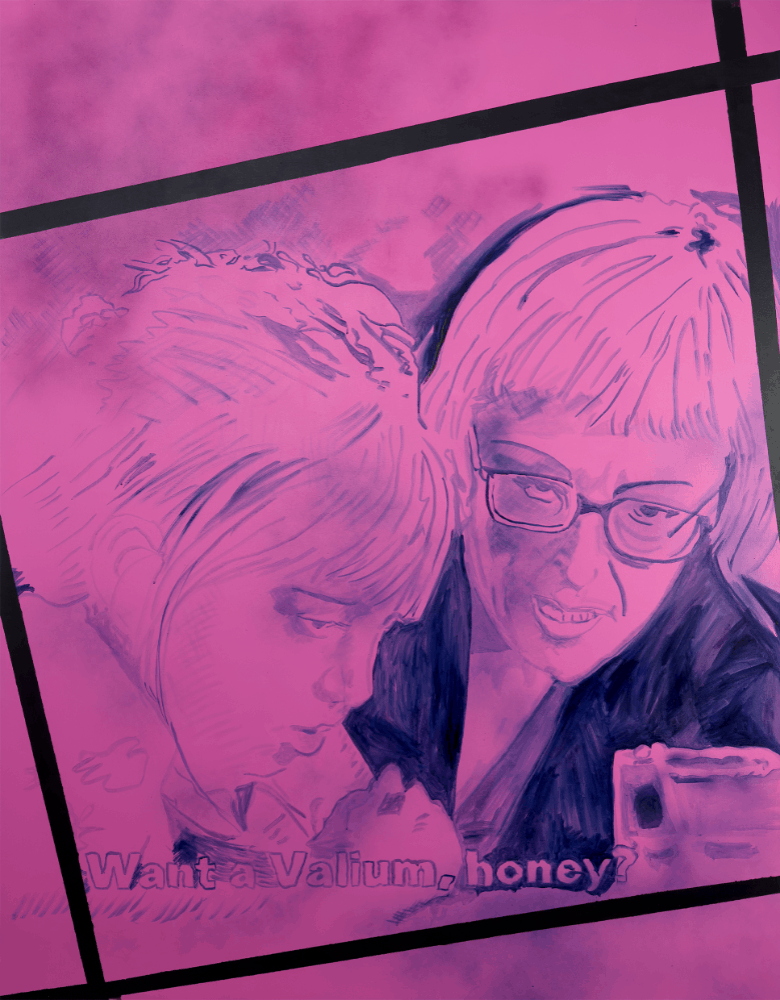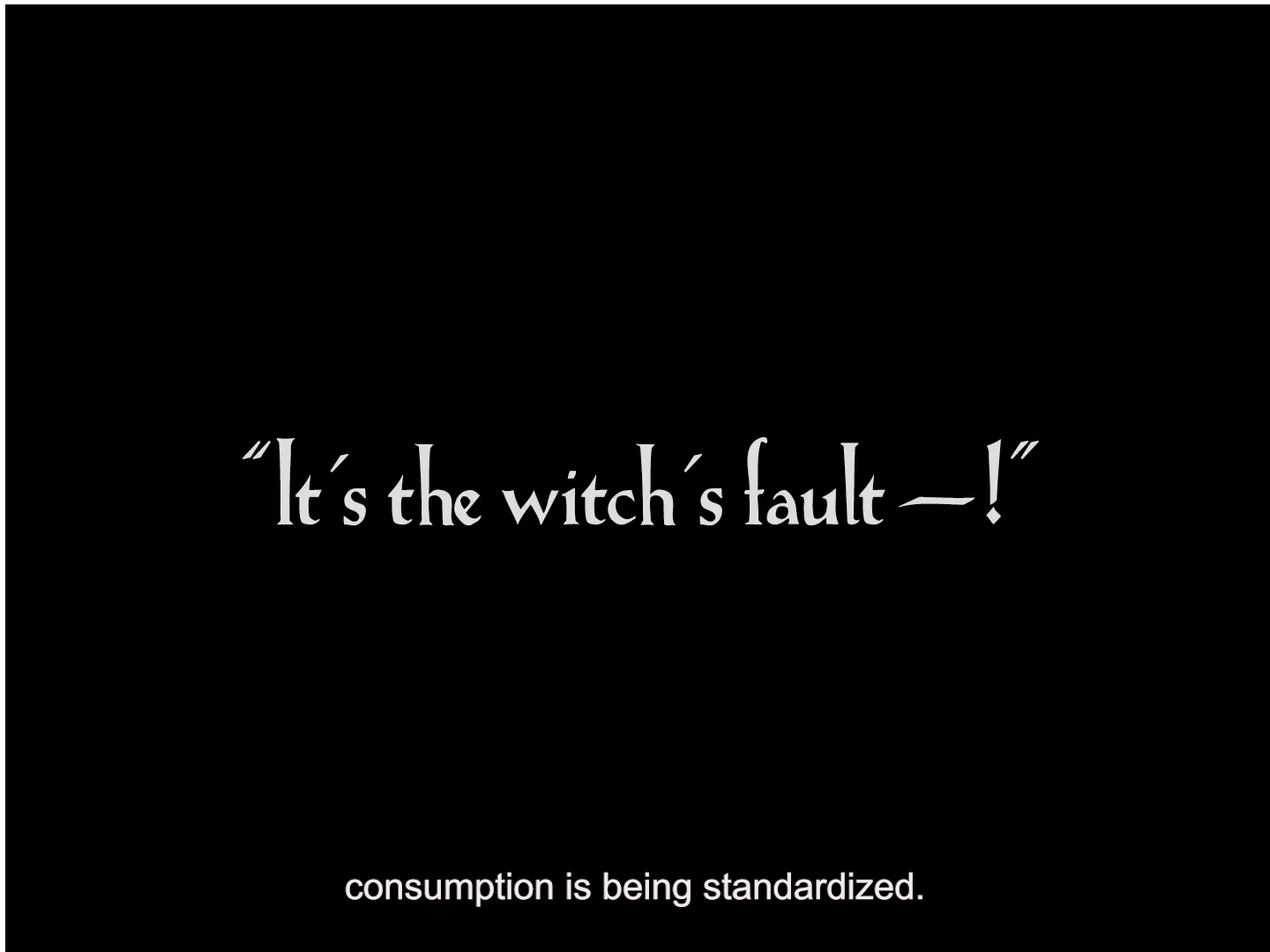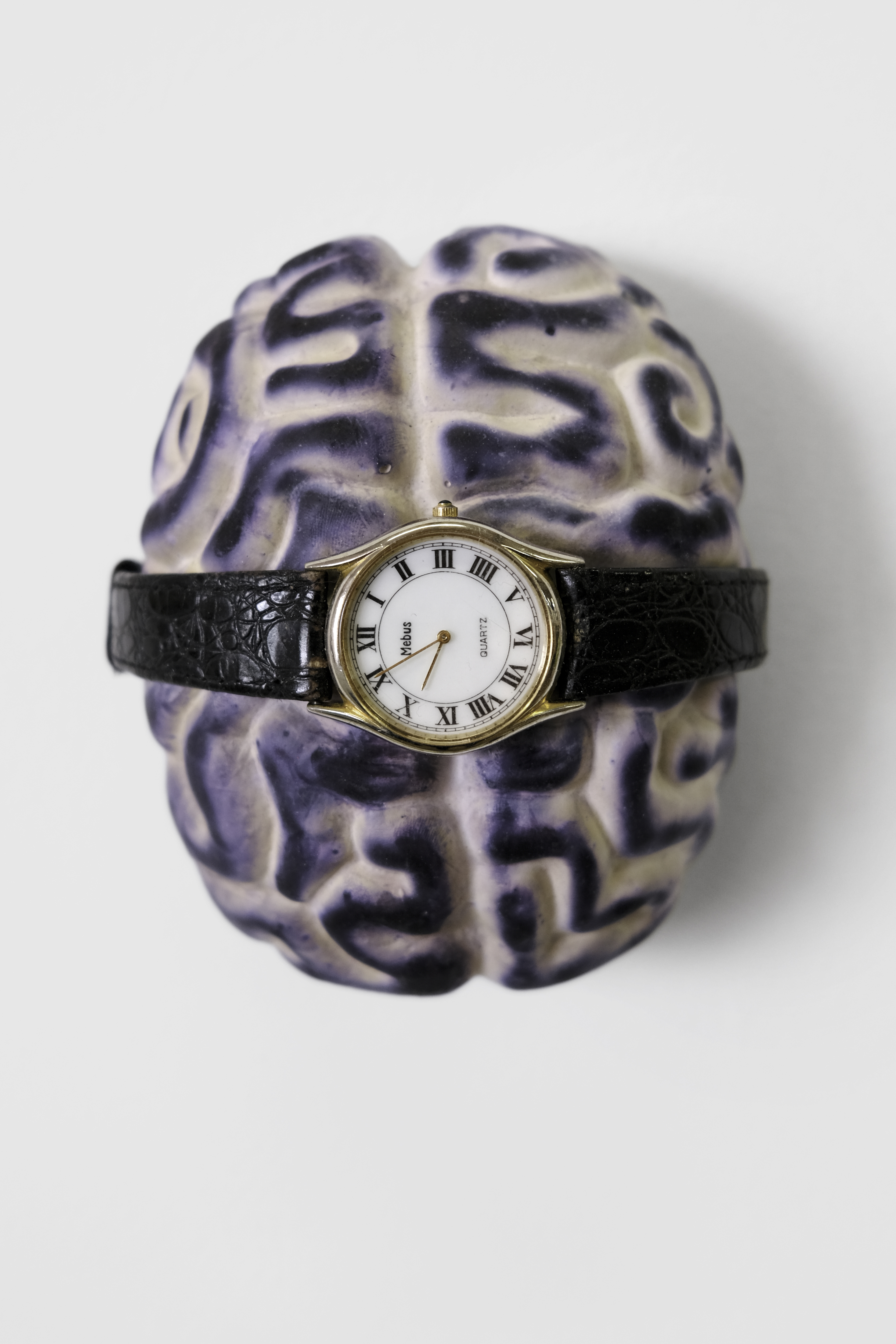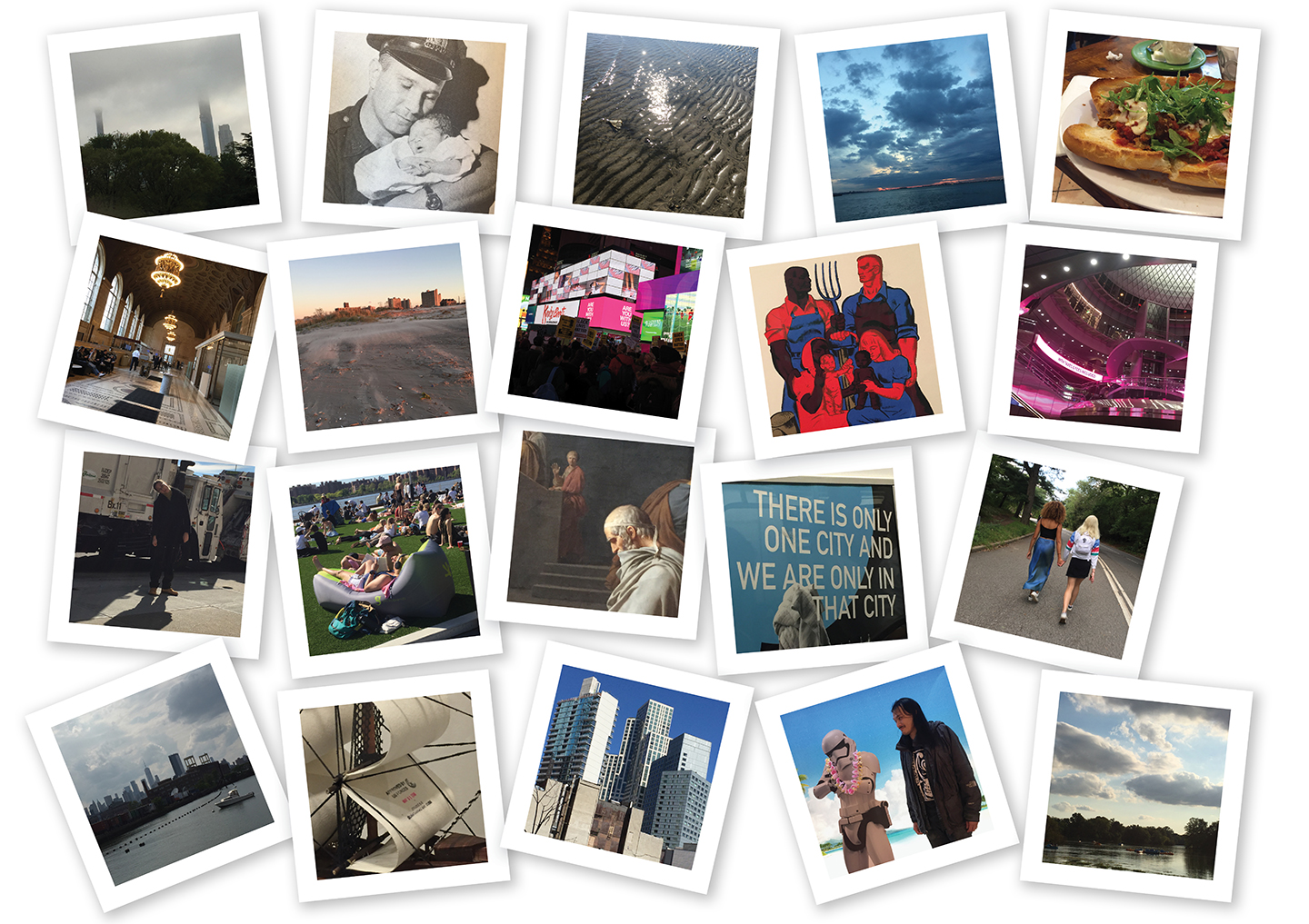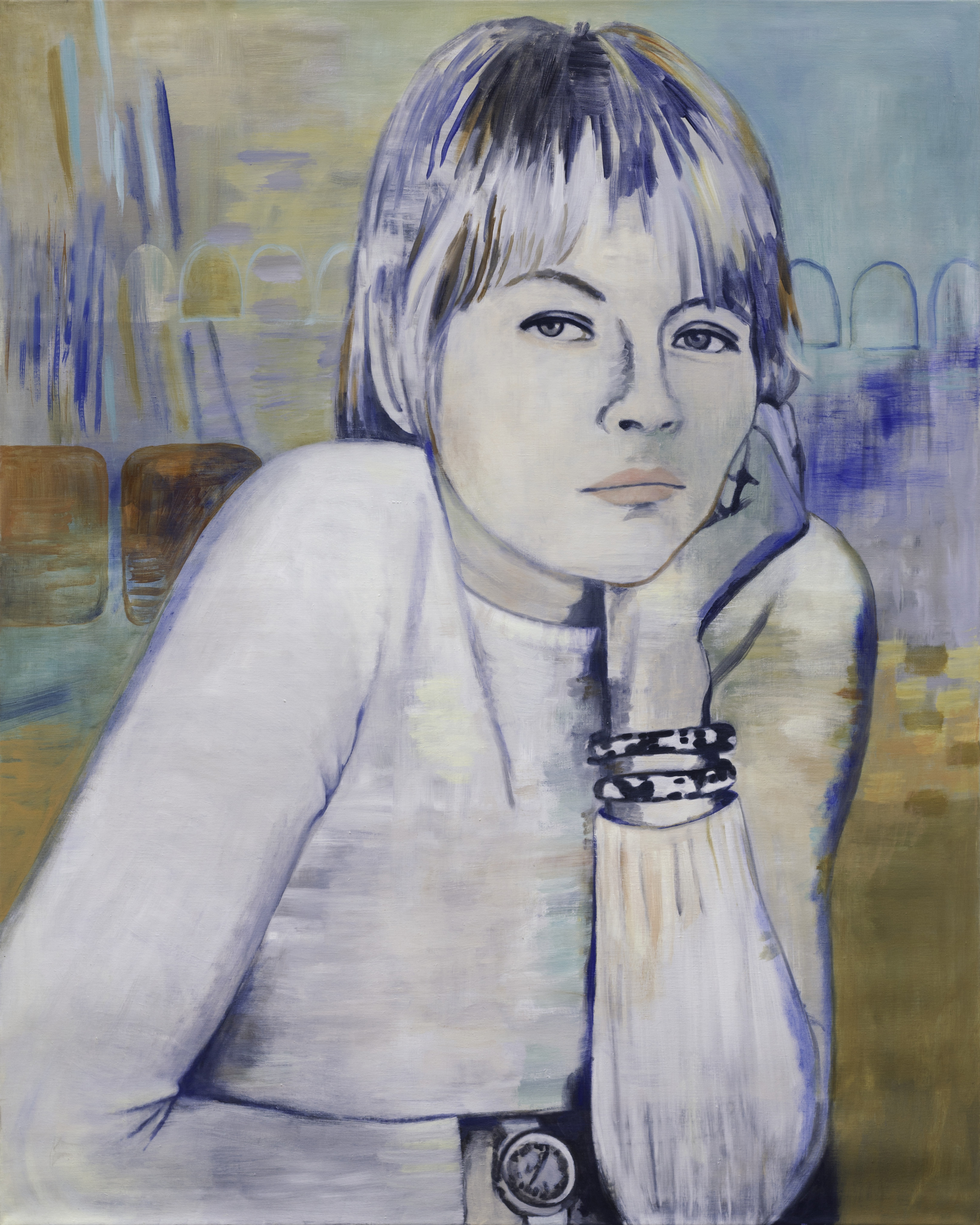Flora Klein: Heat
July 9–November 19, 2023
Im Volksgarten
CH - 8750 Glarus
Switzerland
Hours: Wednesday–Friday 12–6pm
Saturday–Sunday 11am–5pm
T 41 0 55 640 25 35
office@kunsthausglarus.ch
Hélène Fauquet: Phenomena
When Hélène Fauquet projected herself into the exhibition space, she kept thinking of the eponymous film by Dario Argento. Through this obscure film, it led her to observe the backdrop of the place and how the concept of ambiance or some atmospheric elements could act upon us. Paying attention to the ability of the eye to capture and store certain images in memory, the series of “shrines” or “altars” present in this exhibition questions the way in which information is stored. They represent how, from a retinal point of view, an observer receives this information, but also how an image “sits” within a system of objects.
Phenomena (1985), the most “ecological” film by the giallo master, was filmed largely in Switzerland (Säntis region, Thur waterfalls, Lake Zurich), revealing impressions and visual similarities with the environment of the canton of Glarus. It is infused by the Foehn, a wind very particular to this region, which is said to cause snow avalanches and madness. Argento has said that he could feel the Foehn on his skin when writing the script. In the film, various forces of nature converge, including the theme of the psychic powers of insects, differences, and putrefaction, with the will to live emerging as the most powerful force. Argento stylized this nature with a heavy metal soundtrack and Armani outfits to portray an inhomogeneous, dreamlike space dominated by crime and secrets. His films are marked by a certain auratic exigency, in which reality is often enigmatic and its governing laws appear like signs of a large-scale conspiracy. The film’s title is taken from the 1984 Phänomena exhibition at the Zürichhorn, a natural science exhibition that featured environmental phenomena and experiments.
In another transfer, Fauquet works on images related to marketing processes, such as those used in producing images for perfumes or other luxury goods. With manipulated representations of “blobs” and “bubbles” she creates new constellations of images whose appearance tends to portray abstract concepts of beauty, transparency, or youth as unidentified forms. A bubble is a globule of gas inside a liquid. The reverse, a globule of liquid surrounded by gas, is called a droplet. These globular phenomena are the subjects represented in the works of Hélène Fauquet in this exhibition. Bubbles are visible because they have a different refractive index (RI) than the surrounding substance. In the case of bubbles which are not a globule of a medium immersed in another medium, such as soap bubbles, what is visible is a thin membrane which diffracts and reflects light. These globules are, in other words, the visible encounter between two homogeneous volumes: one void inside another. The staging of the “beautiful” image and its manipulation mingles with the allusion to the paranormal, the invocation of visible and invisible forces and the ultimate strangeness that results from it.
An interview with Hélène Fauquet and Melanie Ohnemus will accompany the exhibition.
b. 1989 in Saint-Saulve, France, lives and works in Vienna and Paris.
Flora Klein: Heat
Flora Klein’s abstract paintings evade conceptual frameworks or direct formal references. Through a practice developed over the past several years, Klein has devised her own painterly criteria that adhere to her interests in pictorial space, its fields, the relationships between color and movement, and surface. Klein’s paintings are vivid and multilayered. Repeating across several works are recurrent patterns comprised of rounded, elongated forms in color. While the notion of pattern implies repetition–a certain system–there appears no attempt to generate order in these works: one could sense that intuition is the likely impulse behind their composition. This intuition, however, is not indiscriminate, but is one paired with process and decision. Klein’s work is articulated across specific phases, each of which are determined by carefully chosen formal and painterly gestures.
Flora Klein’s practice evolves from a tension between persistent focus and openness, between intuitive action and self-critical analysis. These opposing modes seem to be the driving force behind her work, making way for a distinctly singular authorship. It is not easy for young artists today to assert abstraction in the contemporary art system. Thus, the function of abstraction, it’s role and position within current discourses, is not specifically discussed and remains ostensibly undefined. The transfer of abstraction into language often proves to be cumbersome, whilst the most direct way of looking at a painting is, for many, also the most difficult. This is especially true of abstract painting, whereby its role within discourse and its relevance in the material world at different points in art history has remained, to varying degrees, precarious.
The exhibition Heat takes place across two rooms and is comprised of selected paintings taken from various work phases, shown together here for the first time. A stringent arrangement of individual paintings breaks up previous groupings, making accessible their respective visual languages as well as unforeseen energies that arise at the interstices of these new configurations. Kunsthaus Glarus is showing Flora Klein’s first survey exhibition in Switzerland with works dating from 2013 to 2023.
A conversation between Flora Klein, Inka Meissner and Melanie Ohnemus will accompany the exhibition.
b. 1988 in Bern, lives and works in Berlin.
Curated by Melanie Ohnemus.
